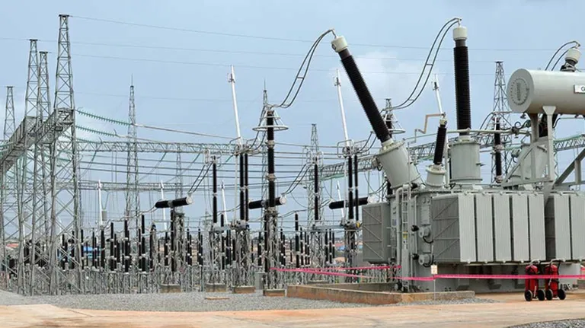Just four months after the Electricity distribution companies (DisCos) across the country began the implementation of a new electricity tariff regime,
Just four months after the Electricity distribution companies (DisCos) across the country began the implementation of a new electricity tariff regime, another electricity tariff hike has been announced by the Nigerian Electricity Regulatory Commission (NERC).
It is enforcing a new Multi Year Tariff Order (MYTO), by increasing electricity bill by over 50 per cent across the country.
A revised MYTO and minimum remittance threshold payable by the Distribution Companies and signed by NERC Chairman, Sanusi Garba empowers the 11 DisCos to increase tariff by 50 per cent citing prevailing economic realities, especially inflation and exchange rate.
The document dated December 30, 2020 overruled the previous order Order NERC/2028/2020.
After series of outrage and outright rejection by consumers who cited poor power supply and the impacts of Covid-19, DisCos had in October last year started the implementation of a service-based reflective tariff (SRT) structure after backing by an approval from President Muhammadu Buhari.
In the new order, tagged NERC/225/2020, NERC based its decision by current inflation of 14.9 per cent iN379.4/$1 exchange rate.
The latest tariff increase suggests all customers will see their tariffs increased regardless of the band as no tariff class is frozen. Customers on Tariff Class A, B, and C will see their tariff go back to the tariff order released on September 1st, 2020. Some of these customers will see their tariff increase by as high as 120% compared to the pre-September 1st levels.
Customers in tariff classes C&D who are those with less than an average of 12 hours of electricity daily also saw their tariff increase albeit slightly and not up to the levels originally included in the September 2020 tariff order. In general, Nigerians (including businesses) will see their tariffs rise by as much as 75% depending on the distribution companies.
In determining the tariff, NERC relied on a number of assumptions made up of key economic indicators such as exchange rate, inflation rate, and power generation.
- Inflation rate: The November 2020 inflation rate of 14.9% was relied upon to project for the year compared to 13.1% average for the period January to November 2020.
- Exchange rate: NERC switched from using N360 or a fixed CBN exchange rate, to NAFEX rate which it placed at NGN/USD exchange rate (+1%) of N397.44. This was the rate as of December 29, 2020.
- US Inflation rate which is often used for Gas prices was set at 1.22% also based on November 2020 rates
- Generation capacity adopted for the year remained unchanged, suggesting NERC was not expecting any major increase in 2021 despite increasing the cost of power. “The year 2020 projection on available generation is maintained for the first half (Jan-Jun) of 2021 to account for the impact of the delay in the implementation of MYTO-2020. No change was applied to generation projections from July 2021 and beyond.”
- Gas Prices which is a major factor in determining electricity tariff was $2.5/MMBTU while gas transportation cost of US$0.80/MMBTU and gas prices outside the regulated rates for GenCos with effective Gas Sale Agreements were maintained.
The new tariff increases effectively mean the Federal Government has removed an estimated 80% of its subsidy on electricity, giving the Discos the cost-reflective tariffs that they have been asking for years. DisCos maintain that the extra amount being paid by electricity customers will be passed on to government agencies; Nigerian Bulk Electricity Trader and the Market Operator who will then pay gas providers and generating companies.
From the release of this order, customers will pay higher electricity tariffs. Prepaid customers will witness an immediate increase when they vend for power while postpaid customers metered and estimated billing, will start paying the full tariff in February when they get their bills, Naira Metrics says.
